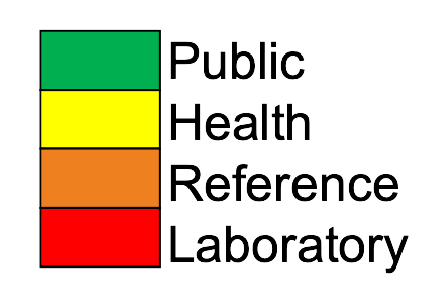| S.No | Disease/Test name | Test Method | Department | Focal Person/contact |
| 1 | Crimean-Congo Haemorrhagic Fever (CCHF) | Real Time PCR | Molecular Biology PHRL | Dr. Asad Zia/ 03435508466 |
| 2 | Influenza | Real Time PCR | Molecular Biology PHRL | Dr. Asad Zia/ 03435508466 |
| 3 | Dengue | Real Time PCR | Molecular Biology PHRL | Dr. Asad Zia/ 03435508466 |
| | | | |
About CCHF
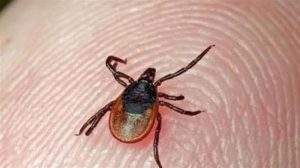
- Crimean-Congo haemorrhagic fever (CCHF) is commonly known as the Congo fever is a widespread zoonotic disease caused by a tick-borne virus (Nairovirus) of the Bunyaviridae family.
- CCHF is endemic in Africa, the Balkans, the Middle East and Asian countries and was detected first in Crimea in 1944 and 25 years later in the Democratic Republic of the Congo.
- The CCHF spreads in humans through infected ticks primarily of Hyalomma and from one infected human to another by contact with infectious blood or body fluids of infected persons.
- Majority cases have occurred in people involved in the livestock industry, such as agricultural workers, slaughterhouse workers and veterinarians.
- The CCHF virus causes severe viral haemorrhagic fever outbreaks, with a case fatality rate of 10–40%.
- There is no approved antiviral treatment for CCHF, however ribavirin is widely used.
- There is currently no safe and effective human or animal vaccine against CCHF.
- CCHF can be diagnosed by Real time PCR.
investigation form CCHFV
About Influenza
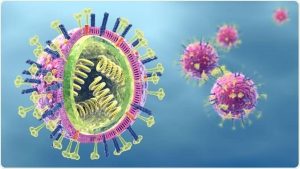
- Influenza, one of the most common infectious diseases, is a highly contagious airborne disease that occurs in seasonal epidemics and manifests as an acute febrile illness with variable degrees of systemic symptoms, ranging from mild fatigue to respiratory failure and death.
- Influenza is a viral infection that attacks your respiratory system and infect the nose, throat, and lungs. These viruses spread mainly from one individual to another through coughing or sneezing. You can also get flu by touching a surface or object that has flu virus on it and then touching your own mouth, eyes or nose. For most people, the flu resolves on its own.
- The CDC documented that seasonal influenza was responsible for 24,000 to 62,000 deaths during the 2019-2020 season.
- The best way to prevent the flu to get vaccinated every year and to take FDA approved antiviral drugs like oseltamivir, zanamivir, peramivir and baloxavir.
- Laboratory confirmation is preceded by Real time-PCR.
investigation form Influenza
About Dengue
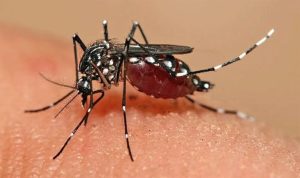
- Dengue fever, also known as breakbone fever, is a mosquito-borne infection that can lead to a severe flu-like illness. It is caused by four different viruses (DENV-1,2,3 or 4) and is transmitted by bite of the mosquitoes Aedes aegyptiand more rarely by the Aedes albopictus.
- An estimated 400 million dengue infections occur worldwide each year, with about 96 million resulting in illness.
- It is possible to have dengue fever more than once. A second infection carries a higher risk of developing a harsher form.
- The best way to prevent the disease is to avoid bites by infected mosquitoes, particularly if you are living in or traveling to a tropical area. To reduce the mosquito population, get rid of places where mosquitoes can breed.
- In 2019, the FDA approved Dengvaxia vaccine to help prevent the disease in adolescents aged 9 to 16 who have already been infected by dengue. Currently there is no vaccine to prevent the general population from contracting it.
- The illness is confirmed by detecting viral genomic sequences with Real time-PCR.
About Measles:
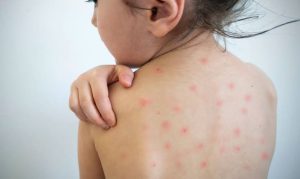
- Measles also called rubeola is a viral infection that starts in the respiratory system.
- Measles is a highly contagious illness, can be serious and even fatal for small children. While death rates have been falling worldwide as more children receive the measles vaccine, the disease still kills more than 200,000 people a year, mostly children.
- When someone with measles coughs, sneezes or talks, infectious droplets spray into the air, where other people can breathe them in. You can get the measles virus by putting your fingers in your mouth or nose or rubbing your eyes after touching the infected surface.
- Complications of measles may include: Diarrhoea and vomiting, ear infection, bronchitis, pneumonia and encephalitis.
- When women get measles during pregnancy can cause miscarriage or stillbirth, premature birth and baby having a low birthweight.
- Isolate and vaccinate, to prevent measles during an outbreak. The measles vaccine is usually given as a combined measles-mumps-rubella (MMR) vaccine. MMRV is also administered.
- Treatment for a measles infection may include: Fever reducers such as acetaminophen (Tylenol, others), ibuprofen (Advil, Motrin IB, Children’s Motrin, others) or naproxen sodium (Aleve).
- Use caution when giving aspirin to children or teenagers.
- Antibiotics in case bacterial infection, such as pneumonia or an ear infection, develops while you or your child has measles.
- Giving a child vitamin A may lessen the severity of measles infection.
- Measles is the only virus known to cause acute illness while wiping out the immune system’s memory of past infections and its ability to defend against new pathogens.
- According to the centres serious complications are not only more common in young children, but also in adults over the age of 20.
- ELISA and RT-PCR are recommended for diagnosis.
About Rubella:
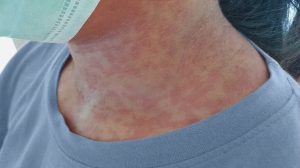
- Rubella is a contagious viral infection. It’s also called German measles or three-day measles. Rubella isn’t the same as measles, but the two illnesses share some signs and symptoms, such as the red rash. This infection may cause mild or no symptoms in most people. In rare cases, rubella can cause more serious health problems, like brain infections or swelling and bleeding problems.
- Until the 1960s, rubella was a common childhood infection but due to the MMR vaccine the virus stopped spreading in the United States around 2004. Yet it still spreads in Asia, Africa, and other parts of the world.
- Rubella spreads when an infected person coughs or sneezes. Also from an infected pregnant woman to her developing baby through her bloodstream and cause a miscarriage or birth defects like congenital rubella syndrome (CRS). Humans are the only known host.
- Simple self-care measures are required when a child or adult is infected with the rubella virus such as: Bed rest Acetaminophen (Tylenol) for relief from fever and aches. Aspirin is not recommended in children or teen recovering from chickenpox or flu-like symptoms because of risk for a rare but serious condition called Reye’s syndrome.
- The best protection is to get vaccinated the children with MMR vaccine. Having rubella builds immunity against future infections. It is rare to get a second case of the disease.
- If pregnant women caught rubella they may take antibodies called hyperimmune globulin to fight against the virus.
- Real–time RT–PCR (RT–PCR) and endpoint RT–PCR detect rubella RNA. The RT–PCR is more sensitive than endpoint RT–PCR, is used for detection of rubella RNA.






